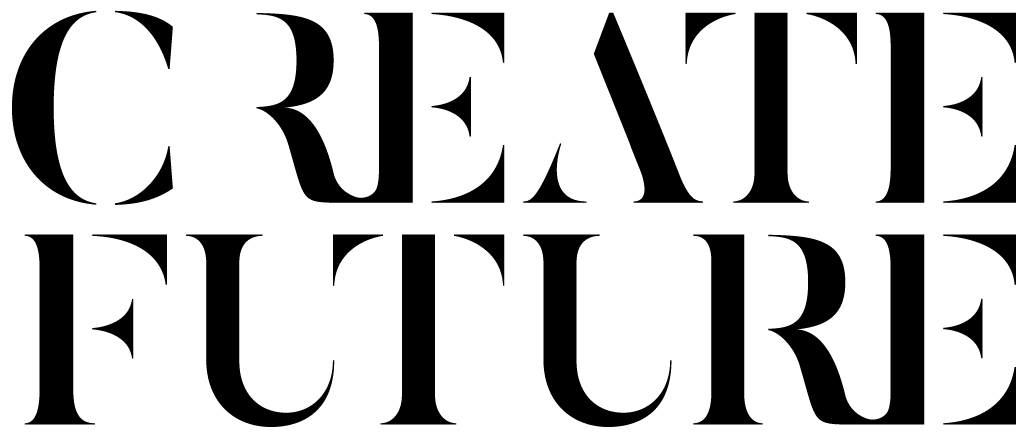Bountiful Breakfast: The Art of Balance
At our most recent Bountiful Breakfast with the CF team, we heard from positive psychologist, Sophie Cliff. She gave us some useful tools to help us prioritise our time and energy in order to feel more grounded and balanced day-to-day.
But first… what is positive psychology? To sum it up, Sophie explained that this scientific field looks at making things better and improving one’s wellbeing.
For centuries, general psychology only considered how we fix things that are broken. Sophie explained that this scale would question how we take people from a -10 to 0. On the other hand, positive psychology looks at how we move people from a 0 to 10. This applies both to our physical health (e.g. getting enough sleep, exercising, eating well, etc.) and our mental health. So, in a nutshell, Sophie practices positive psychology by coaching clients to find ways to add more joy and positivity to their day, allowing them to thrive both in and out of the workplace.
To begin the session, Sophie asked all of us to score ourselves on how balanced we are from 1 to 10. The varying numbers demonstrated that everyone is always feeling different!
What is balance anyway?
Balance is applicable to all areas of your life. This can include social commitments, travel, hobbies, home life, self development, family, work, or your health.
When we self reflect, we realise that we have a lot on our plate. Sophie used the analogy of having loads of apps open on your phone – they’re in the background draining your battery when you may not be using them. This is similar to how we all have things at the back of our minds. When we acknowledge this, we can check in with ourselves, be more self-compassionate, and help determine why we may be feeling out of balance.
The 4 Step Process to the Art of Balance
Sophie shared with us the 4 steps towards achieving the art of balance:
1. Prioritise
What 2-3 things are most important to you?
What do you need in order to feel like your best self?
Put these things in your diary first, and make them non-negotiable.
2. Streamline
Is there anything on your list that can be automated?
How can you streamline to make life a little easier for yourself (e.g. batch cooking, scheduling exercise, etc.)?
3. Share
Where can you share the load?
Look at the activities draining your time and see if they can be more evenly distributed amongst your team or household.
4. Delete
Is there anything on your list that you can simply let go of?
Is there anything you can press pause on for now to make life a little easier?
The Demands vs Resources Model
Sophie also shared with us the demands versus resource model. One way to find more balance and reduce stress is to limit the amount of demands and increase the use of resources that we have.
What are some of the ways that we can use these resources as a team?
Hold each other accountable: For example, “Did you go for that walk at lunch?”
Bring good news to the team: I realised we do a good job at this with our ‘Good Vibes’ team channel, where we provide positive feedback about the team and their efforts.
Write a ‘done’ list instead of a ‘to-do’ list, to acknowledge your accomplishments.
Taking Action
So, we’ve been given the tools and advice, but how do we turn them into actions?
Schedule your priorities first.
Carve out an afternoon to streamline.
Communicate your shares to people you can spread the load with.
Get yourself an accountability partner.
And most importantly: Consistently look back at your balance of demands versus resources. Make it a daily habit to self-reflect (score 1-10) and think about what you can do to increase that score by even just 1 point, whether that be by going on a walk, or talking with a friend.
Life is busy. Check in with yourself and remember that balancing your time and energy will benefit everyone, including the most important person, you!
Don’t miss a thing!
Sign up for hot off the press news, insights, and event invitations.
